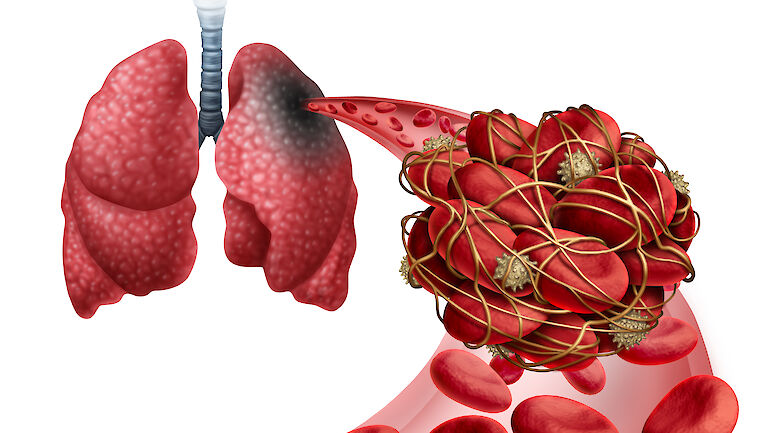English summary: Incidence and clinical presentation of early-onset GBS disease in Tampere University Hospital 2010-2013

Background
Streptococcus agalactiae, also known as group B streptococcus (GBS), is one of the most common causes of neonatal meningitis and sepsis. Most of the infections can be prevented by means of intrapartum antibiotic prophylaxis. The prophylaxis can be given based on risk factors or on bacterial culture. In 2012 in Tampere University Hospital (TAUH) the prevention strategy was changed from a risk-factor-based approach to universal culture-based screening of all pregnant women at 35-37 weeks’ gestation. We studied the incidence, implementation of prophylaxis and the clinical presentation of early-onset GBS (EOGBS). We also studied the incidence of puerperal and neonatal infections and the change in the consumption of antibiotics.
Methods
The incidence of EOGBS was reviewed among neonates born in TAUH during 1.1.2010-31.12.2013. The implementation of prophylaxis was assessed on the basis of consumption of penicillin G in the delivery departments. The hospital laboratory provided information on the number of cultures taken and the proportion of GBS-positive samples. The clinical presentation of infected neonates and mothers’ risk factors and prophylaxis were studied from the patient records.
Results
The incidence of EOGBS was 0.76/1000 live births before and 0.09 after the change in the prevention strategy. Mothers of the infected neonates had not received prophylaxis as recommended. The consumption of penicillin G increased substantially. The coverage of screening was 98% in 2013. The number of mothers’ puerperal infections decreased.
Conclusions
The incidence of EOGBS was reduced markedly after adopting the culture-based screening. The consumption of penicillin G can be used to estimate the implementation of prophylaxis. Increased usage of antibiotics might reduce the number of puerperal infections.












